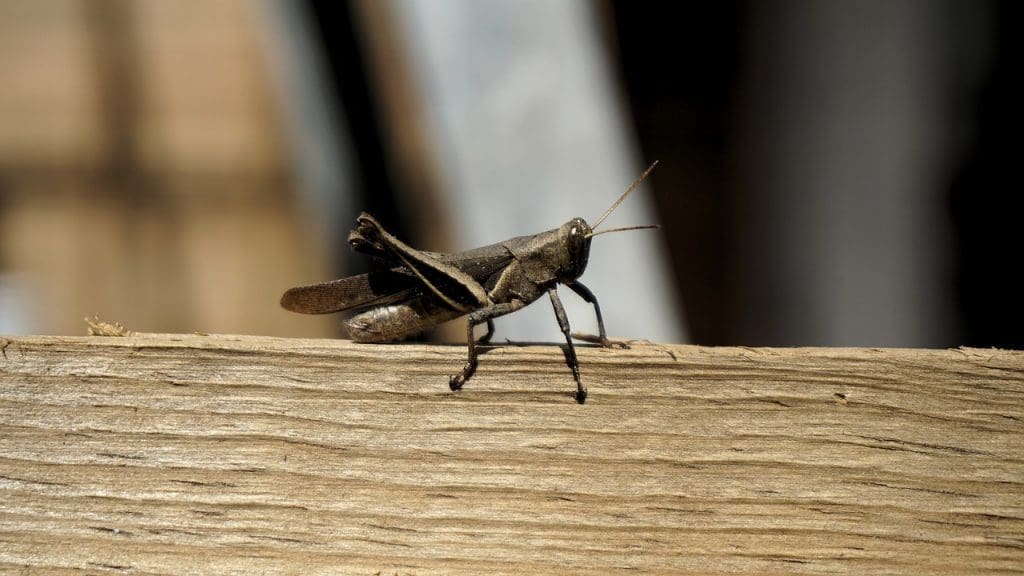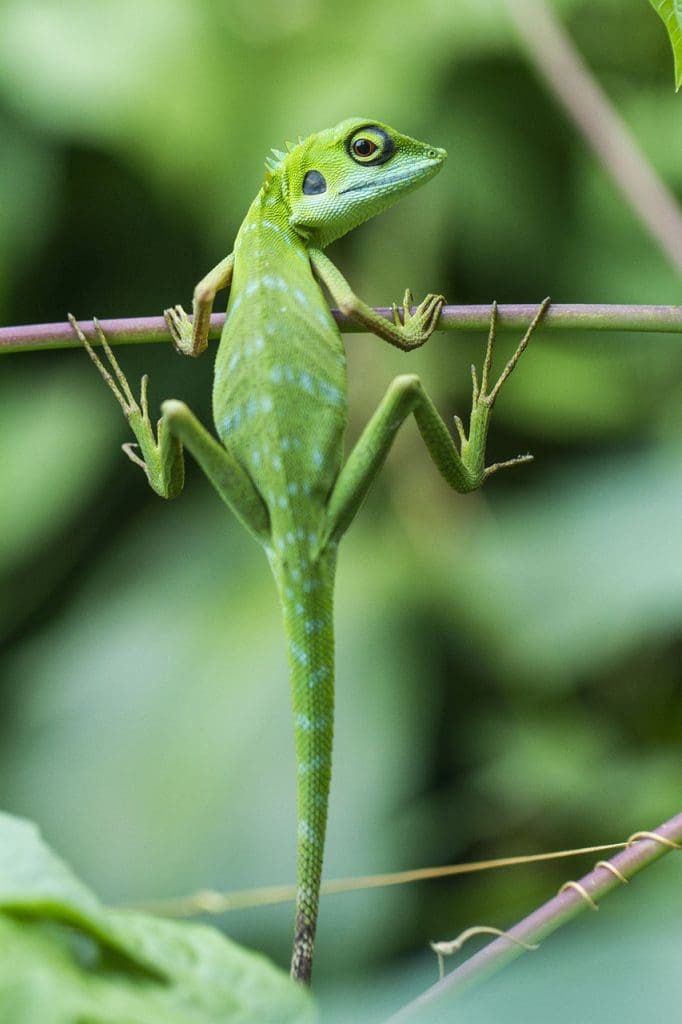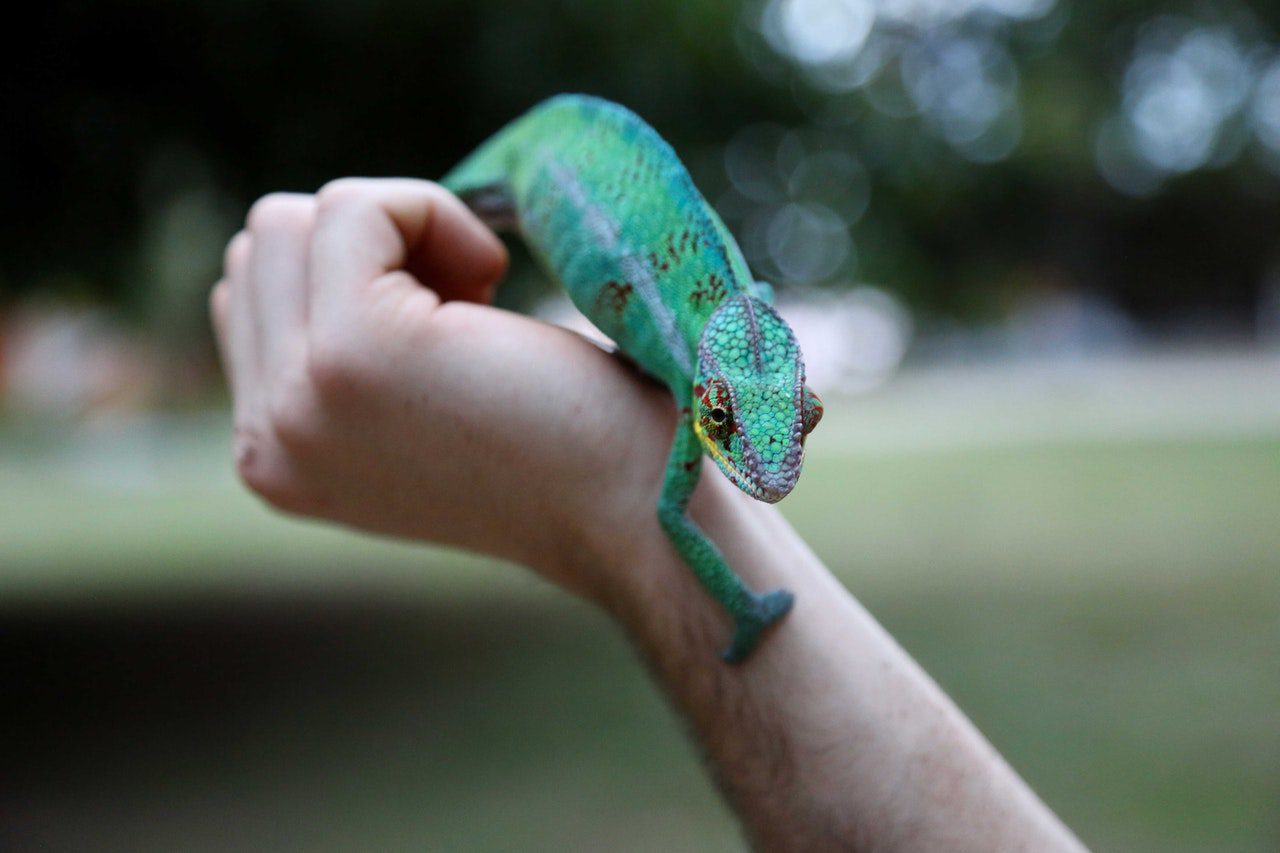When reptiles are on their own turf in the wilderness, they spend their day either basking in the sun or wandering around. And the wandering happens mostly for three reasons—either they are busy looking for food, or they want to find someplace warm, or just want to mate. As their foods come from either foraging or hunting, their diet consists of various foods—insects, worms, rodents, fruits, or vegetables. And that diversity in the diet helps them to have balanced nutrition, to grow and survive.
But while in captivity, their diet completely depends on what you feed them. So it is your responsibility to mimic their natural diet even in captivity at least as much as you can. However, most pet reptile owners fail to understand that reptiles don’t like feeding on only one type of insect or food. They need the variety in their diets that is naturally ingrained in them from being in the wilderness.
Even if your pet reptile was born in a glass enclosure, it still needs a variety of food. So how do you ensure your pet reptile is getting balanced nutrition, and what foods should you feed it? Well, this article might just answer these questions. So let’s get ready to learn some bug nutrition!
Table of Contents
What Is a Staple Feeder Insect?
For omnivores and insectivores, the staple food is just some insects. However, that doesn’t mean you have to go out in your yard and hunt wild crickets or set up rat traps for your pet reptile. Those insects that live around the house or the yard will not be ideal for pet feeding; they might contain pesticides or other harmful chemicals.
The staple feeder is something that is full of necessary nutrients (protein, moisture, and balanced calcium to phosphorus ratio) and deserves to regularly appear in your pet’s food bowl. You can feed staple feeder insects to your pet reptile without any negative consequences such as nutritional deficiency, weight gain, or developing any organ disease.
However, your pet reptile can’t survive having only one staple feeder insect every day. Even we humans don’t eat the same food for every meal. It will destroy our taste buds and eventually our appetite. Similarly, pet reptiles might lose their appetite or develop a nutritional deficiency or even nutritional toxicity if they don’t have balanced nutrients from a diverse diet.
To ensure a balanced diet for your pet reptile, Here’s a list of staple feeder insects that you can consider for your pet reptile.
Hornworms
Horn worms are a caterpillar species, a widely coveted staple in the reptile community. Hornworms are rather large, so your pet might not be interested in eating those at first. However, once you get them hooked on it, they will have another source of balanced nutrition. They have good protein content and low-fat content.
Hornworms have high moisture content, so you might consider pairing them with other protein sources. However, feeding only hornworms can end up with you having to clean up some runny reptile poop due to the high moisture content!
Nutritional Value
Moisture- 85%
Protein- 9%
Calcium- 464mg/kg
Phosphorus- 1394 mg/kg
Fat- 3.07%
Crickets
Crickets have a good balance of nutrition and are well-loved by reptiles. They have protein, amino acids, and considerably low fat, making them an ideal protein source for your reptile. However, they lack the necessary calcium that is required for reptiles. So you have to supplement this by adding calcium into their diet.
Apart from the taste, there is another reason why reptiles love crickets. Reptiles covet the thrill of catching their prey. So crickets might just be the perfect feeder insects for them to make the feeding time more interesting. Bearded dragons and lizards just love to chase those skittery bugs. And that’s why you need to make sure you feed them live crickets, especially for pet chameleons. If it is dead, they might not even touch it, let alone eat it.

Nutrition Value
Moisture-77.1%
Protein-15.4%
Fat- 3.3%
Fiber- 2.2%
Calcium- 275 mg/kg
Phosphorus-2520 mg/kg
You can buy crickets or breed your own at home—if you are not grossed out by these skitter bugs, their pungent smell, or even their unpleasant monotonous chirping.
Dubia Roaches
Reptiles, especially bearded dragons, love feeding on Dubia roaches. And it is not that roaches just appeal to their taste buds; Dubia roaches are full of protein and nutrients, all the while being a low-fat food source. So you don’t have to worry about your pet getting a little too bulky from eating them.
If you’re looking to provide a nutritious meal for your pet reptile, consider where to buy these Dubia roaches, as they are one of the best staple feeder insects for your scaly companion.
Apart from being reptiles’ favorite, there’s another reason for considering Dubia roaches as a staple feeder insect. Dubia roaches might be the most convenient feeder for breeding at home, far simpler than breeding crickets. They practically need no maintenance other than an enclosure and some food, perfect for a busy pet owner. Just arrange some old egg crates on a container, throw in some Dubia roaches for breeding, and leave them some vegetables to feed on; they will pretty much breed themselves.
Besides, they can’t fly or even climb smooth surfaces, so there’s no chance of your house getting infested with them. Roaches can grow even in the most hostile environment, so there is less chance of ending up with a failed project.
Nutritional Value
Protein- 21.4%
Fat- 3.1%
Fiber- 2.6%
Calcium- 700 mg/ Kg
Moisture- 65.6%
Black Soldier Fly Larvae
Black soldier larvae are nutritionally balanced yet rich in calcium. They have a slightly fat-rich body. However, their ease of maintenance and storing makes them an excellent food source for your pet.
The most fascinating fact about black soldier fly larvae is whether your pet reptile likes flying insects or crawly larvae, they can get both of these from this staple feeder. For an insect lover, let the larvae grow to a fly and see how your pet chameleon catches and devours them in a blink. As for larvae eaters, just feed the larvae before they are matured enough to fly.
Nutritional Value
Moisture- 61%
Protein- 18%
Fat- 14%
Calcium:Phosphorus-2.6:1

The Bottom Line
As a rule of thumb, your pet reptile should have at least three different staple feeder insects in its diet. The amount or frequency of feeding largely depends on species, size, age, level of activity, and the type of their diet—whether they are omnivore or insectivore. As for diversity, you should rotate the staple feeder by creating a schedule. For instance, you can go for 40 percent Dubia roaches, 30 percent cricket, and 30 percent black spider larvae routine. One more thing to note here: Your reptile will only get the necessary nutrients if the feeder insects themselves are fed on that nutrition. So make sure you maintain the gut-loading process of feeding the feeder insects with enough nutrition so they can passively reach your pet. And don’t just limit their diet to these staples; throw in occasional treats with other insects and see how these get your pets excited.
Featured Photo by laura parenti from Pexels




